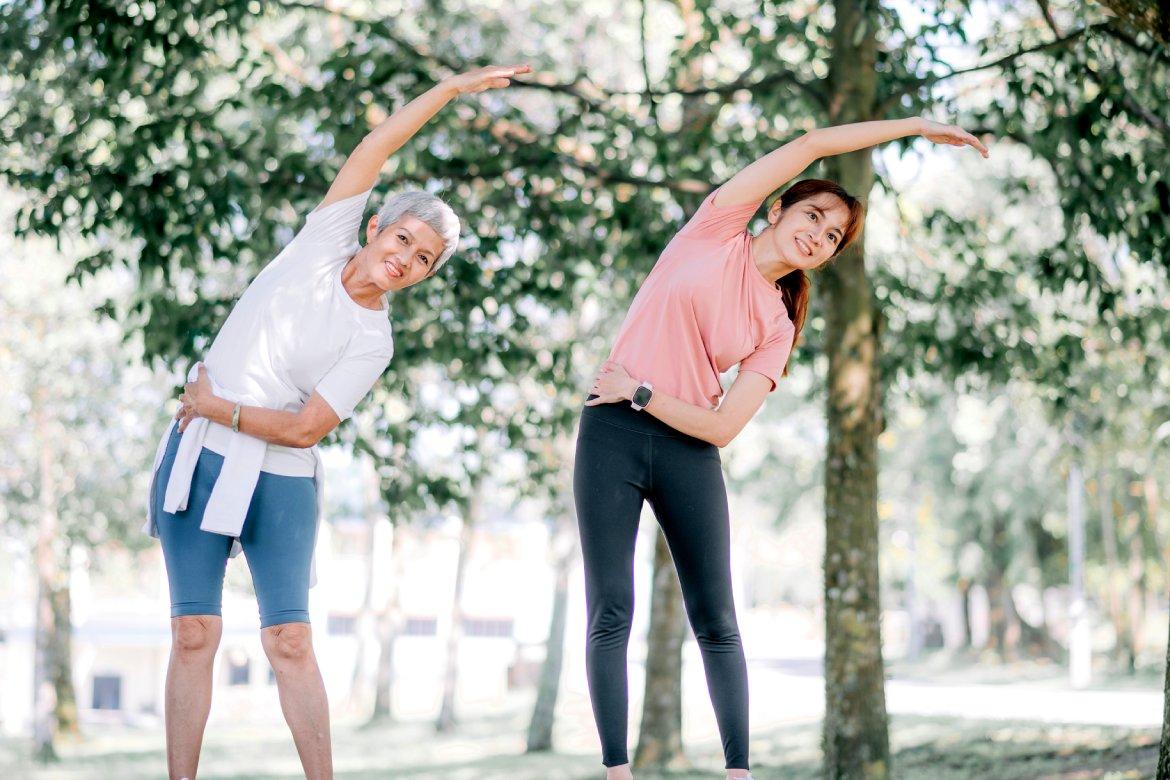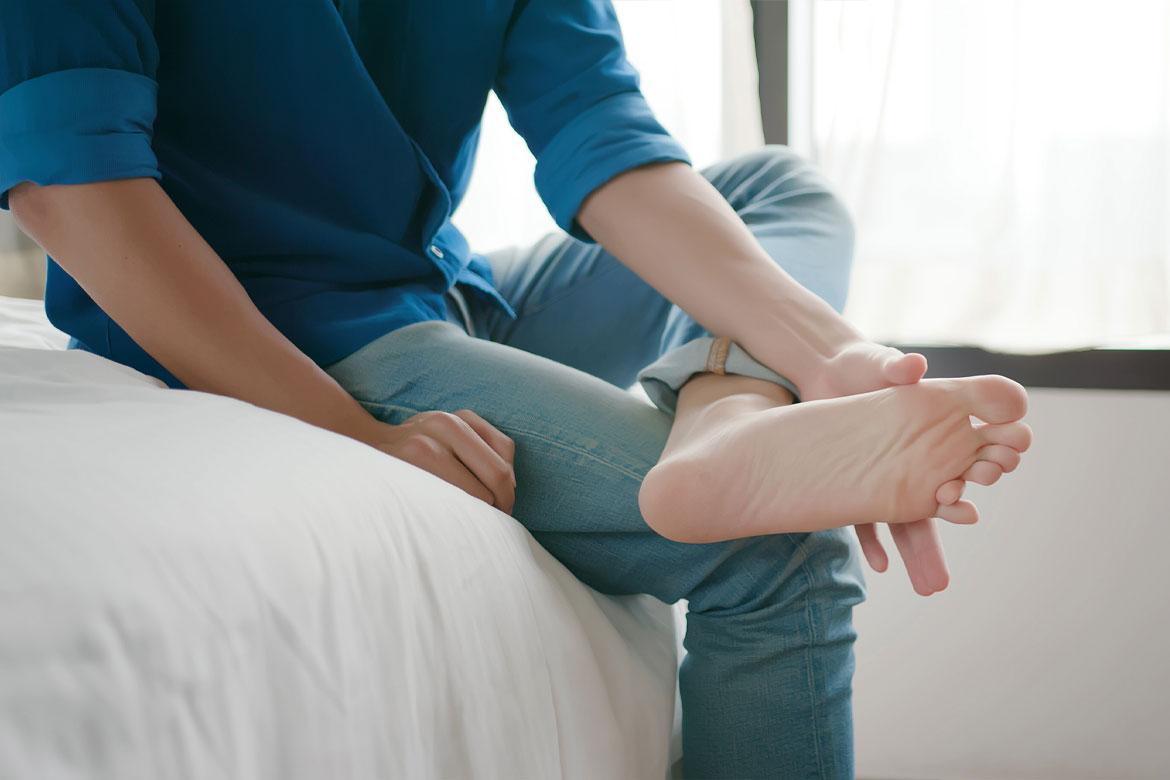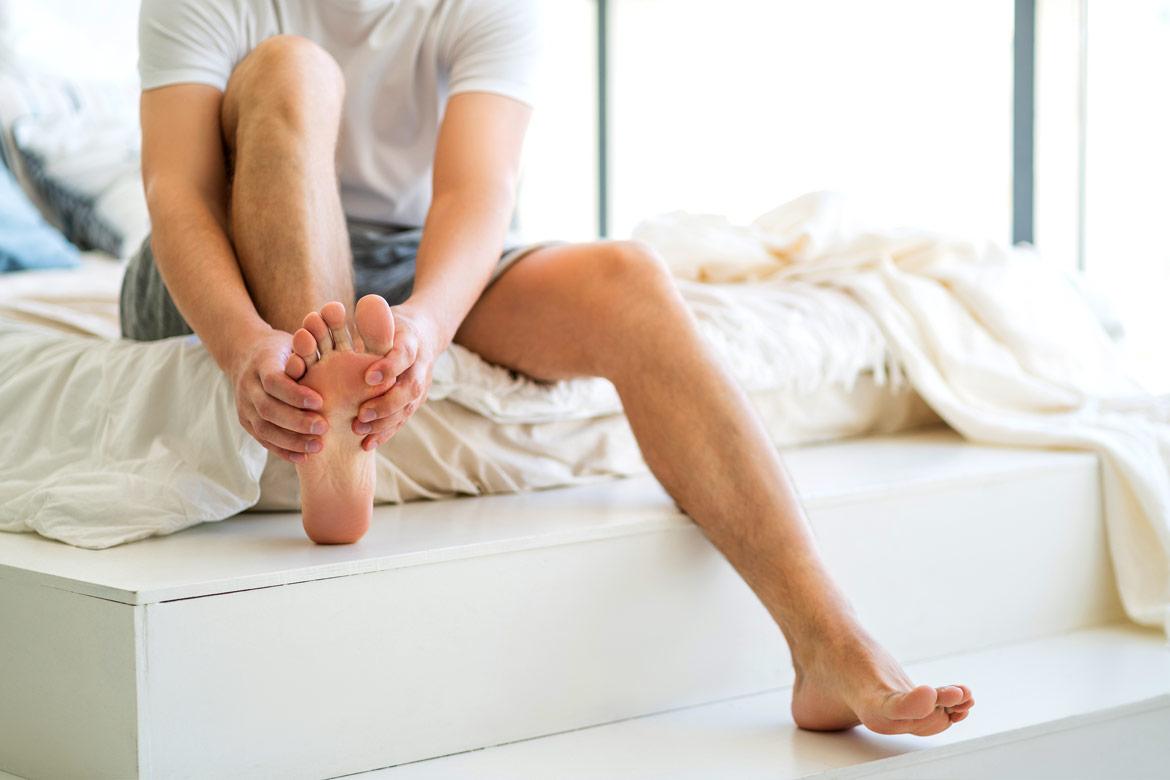
Slipped Capital Femoral Epiphysis
What is slipped capital femoral epiphysis?
Slipped capital femoral epiphysis (SCFE) is the most common hip disorder in pre-teens and teenagers, usually affecting the hip joint in those between the ages of 10 and 16. It develops gradually over time, usually during the onset of puberty when there is a period of rapid growth.
This condition occurs when the neck of the thigh bone (femur) slips out of position at the level of the growth plate, in relation to the head. The growth plate, which is made up of cartilage, is a point of weakness. The resulting slippage affects the alignment of the bone, and hence the joint.
A patient may complain of pain in one hip with resultant difficulty in bearing weight on the lower limb of the affected side. A younger patient may experience the same problem in the opposite hip within 18 months. It is also more common in boys than girls, and can lead to complications in the hip joint if left untreated.
Types of slipped capital femoral epiphysis
There are 2 classifications of slipped capital femoral epiphysis. Determining which classification someone has will allow their doctor to understand how urgent the management of the condition needs to take place:
- Stable SCFE. Patients with stable SCFE are able to walk or bear weight on the affected hip. They may limp from time to time, especially after they have been active. This normally subsides with rest. Most cases of SCFE are stable SCFE.
- Unstable SCFE. Patients with unstable SCFE may have a more severe slippage of the joint, causing them to be unable to walk or bear weight on the affected hip. Unstable SCFE requires urgent treatment, as it makes someone more prone to complications.
What are the symptoms of slipped capital femoral epiphysis?
Symptoms of SCFE vary widely, depending on its severity.
Symptoms of stable SCFE – Patients with stable SCFE typically experience milder symptoms of pain or stiffness in the groin, hip, knee or thigh. The pain will likely come and go for several weeks or months, and it may get worse with activity. However, the patient will still be able to bear weight on the affected side.
Symptoms of unstable SCFE – In severe or unstable SCFE, patients usually experience pain, which can start suddenly, especially after a fall or injury to the hip. Under these circumstances, patients will be unable to walk or place any weight on the affected side. There may also be visible signs such as a discrepancy in leg length or an outward turning (external rotation) of the affected leg.
What are the causes of slipped capital femoral epiphysis?
Experts are unsure what causes slipped capital femoral epiphysis, though there are several known risk factors.
What are the risk factors for slipped capital femoral epiphysis?
Slipped capital femoral epiphysis is more likely to occur during the growth spurt of puberty, and it is more likely to affect the left hip. It is also more common in boys than in girls.
Other risk factors of SCFE include:
- Excessive weight or obesity
- Family history of SCFE
- Down syndrome
- Certain disorders of the metabolic or endocrine system such as hyperthyroidism, hypothyroidism, hypopituitarism, or growth hormone deficiency
- Kidney (renal) disorders due to their effect on calcium, which can affect bone strength and development
What are the complications and related diseases of slipped capital femoral epiphysis?
The most common complications of slipped capital femoral epiphysis are avascular necrosis and chondrolysis.
- Avascular necrosis is more likely to occur in severe or unstable SCFE, in which blood flow to the head of the thigh bone (femur) is restricted. Also known as osteonecrosis, the limited blood supply causes the bone and cartilage to collapse, allowing bone to rub against bone, resulting in severe pain. Treatment includes surgery to reconstruct the hip.
- Chondrolysis is a rare but a serious complication where the cartilage on the surface of the hip joint breaks down. The resulting pain and deformity can lead to a loss of motion in the hip. Chondrolysis is treated using anti-inflammatory medication and aggressive physiotherapy to help patients regain limited motion in the affected hip.
This coverage checker is brought to you by Health Insured, an online resource that helps you understand your health coverage in Singapore.
This page has been reviewed by our medical content reviewers.
Need help?
For enquiries, please call
+65 6250 0000 (Orchard) or +65 6898 6898 (Novena)
For appointment bookings, please WhatsApp
+65 8111 7777 (Orchard) or +65 8111 5777 (Novena)
 Brain & Spine Care
Brain & Spine Care







